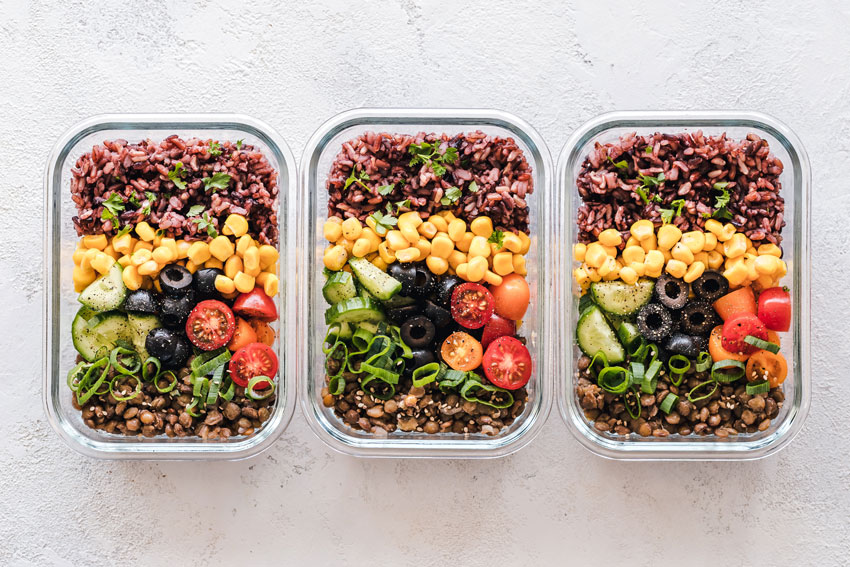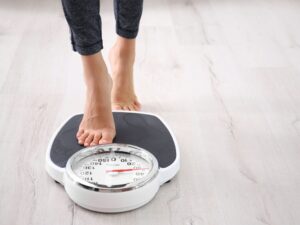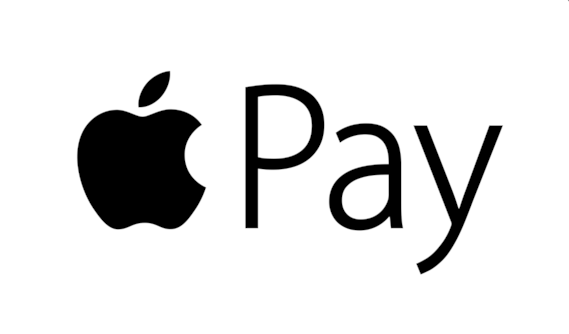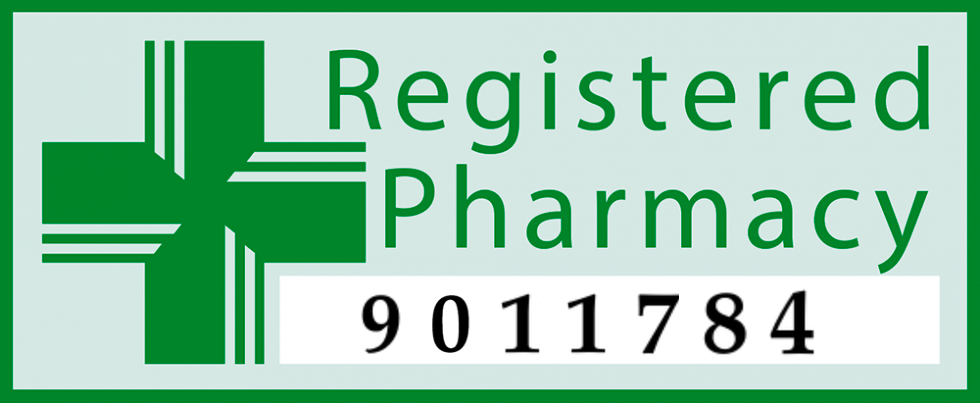We’ve all been guilty of sneaking an extra slice of meat or a few more biscuits than we really should, and if this is just an occasional event, it shouldn’t affect us too much.
However, if we regularly eat large portions, it means that we’re consuming more calories than we should be doing, and this can lead to weight gain over a prolonged amount of time.
Because of this, we’ve put together a guide on how to reduce your portion sizes without feeling hungry or deprived of any foods that you like.
Portion sizes
Most things that we eat or drink have a portion guide and recommended serving sizes can often be quite different to the amount of food that we actually eat.
Some people eat more than what’s recommended, whilst others eat less.
Our decisions on portion sizes can be influenced by a number of factors.
For example, we’re more likely to have larger portions of foods that we enjoy and smaller portions of foods that we don’t.
However, these discrepancies can have a negative impact over time.
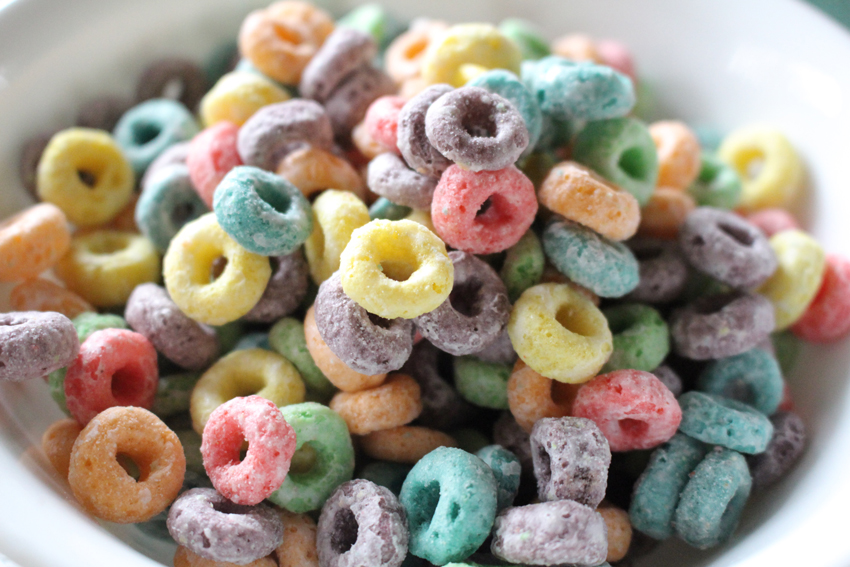
Let’s say that you’ve been eating more cereal in the morning than what’s recommended by the manufacturers.
Eating just 100 calories more than what you need per day can cause weight gain of up to 11lbs just in one year – that’s just under a pound a month.
Whilst this doesn’t seem like a large gain, if this happens over a long period of time, just those few extra calories each day can cause weight gain over a longer period of time, which often contributes to obesity.
Because of this, it’s important to take notice of what a portion size actually is compared to what we eat.
How to measure food portions
One of the best tools for someone that’s starting to control their portions is a decent set of kitchen scales.
It doesn’t matter whether they’re digital or if you’re using your Nan’s scales from 1940 – as long as they’re accurate.
Most solid foods are measured in grams, so kitchen scales are the easiest way to measure your portion sizes out.
We’d also recommend making sure that you have measuring jugs for liquids, and measuring spoons or foods where smaller quantities are needed (for example, oils or sugar).
Equipment such as kitchen scales or measuring devices are easily available online and in most supermarkets or department stores.
You don’t have to spend a fortune either – all you need them for is to measure out quantities of different foods.
Some people also choose to buy a set of cups – a unit of measurement that’s most commonly found in American recipes for both liquids and solids.
However, if you don’t have any cups and are following a recipe online that uses them, you’ll need to convert the quantities into grams or millilitres.
Whichever way you choose to measure your food, as long as you get an accurate measurement according to the portion size guide, you should be on the right path to portion control.
Hand guide for portion control
If you don’t have any measuring devices at home, or if you’re out on the go, the good news is that you can use your hands as a quick portion reference (though this is only a rough guide as everyone has different sized hands).
Whilst this might sound odd, we don’t mean that you should be grabbing food with your bare hands – but you can use different parts of them as an approximate guide for you to measure food with.
For example, when it comes to most meat and fish, a portion is recommended to be around half the size of your hand.
For most cheeses, try putting both of your thumbs together to measure out a portion (this mainly works for hard cheese instead of cottage cheese or mascarpone).
Using your hand as a guide for portion sizes does mean that you’ll have to remember portions and how they correlate to your hand rather than using a scale, but it also means that you’ll be able to know at a glance whether you’re eating the right amount of something.
You may never need to use the hand guide method of measuring portions, but we’d still recommend that you look into it for your own reference, as learning portion sizes will be important for long-term weight management.
Pasta portion size
Pasta is notoriously difficult to portion if you don’t measure it beforehand.
This is partly because it expands as it absorbs water during cooking.
Most of us have probably misjudged a portion of pasta in our lives and ended up with enough to feed a small village, so what is a portion of pasta?
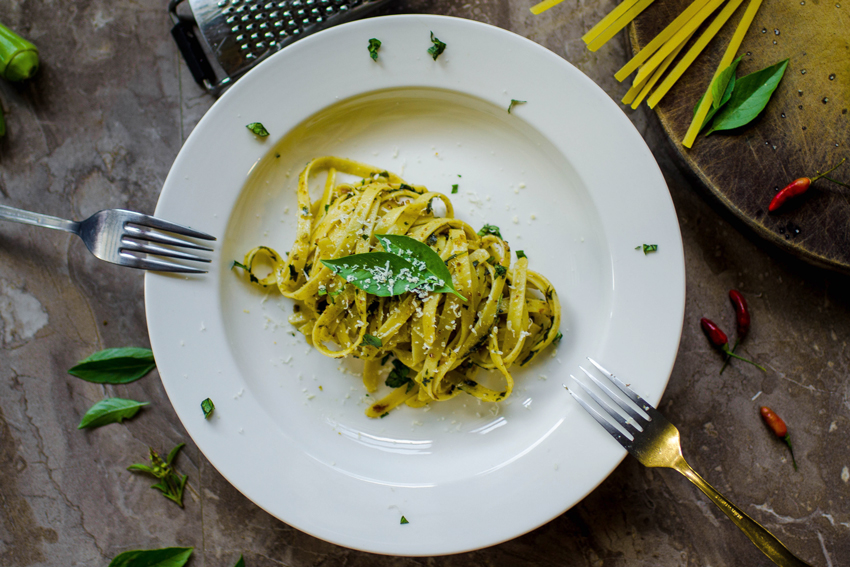
One of the many great things about pasta is that for most types, a portion is 75g, so it doesn’t matter if you have penne, fusilli, shells, or most other types of pasta – a portion will usually stay as 75g.
You can either weigh this amount out for each person using kitchen scales or if you’re using your hands as a portion guide, it’s roughly two handfuls of pasta.
When it comes to spaghetti, a 75g portion is still recommended, but instead of using handfuls as a measure, we recommend making a hole the size of a pound coin with your thumb and index finger – a portion of spaghetti should fit comfortably inside the gap.
At first, this might not seem like much pasta, but in time you’ll get used to eating less of it, especially if you’re taking a GLP-1 Receptor Agonist medication, which should reduce your appetite. You can always add plenty of vegetables to your meal as well to make it more filling if a portion of pasta doesn’t satisfy you.
You could even try spiralising some of your favourite vegetables and adding it to some spaghetti.
What is a portion size of fruit and vegetables?
For most fruits and vegetables, a portion is 80g.
This includes fresh, tinned and frozen forms of fruit, vegetables or berries.
However, make sure you take a close look at any tinned fruit, as some contain syrup which is incredibly high in sugar.
The label should state whether or not the fruit is in natural juice or syrup.
Some fruits and vegetables are a portion on their own, for example, an apple or a banana, but for smaller items, 80g counts as a portion.
The portion size for fruit and vegetables changes when the food is dried (for example, raisins, dried apricots etc.).
This is because dried fruit contains a lot of sugar, so you need less of it to equate to a fresh alternative.
A portion of dried fruit should be 30g.
When it comes to fresh fruit and vegetables, we’re advised to eat at least five portions a day in our meals and snacks, so you can feel free to eat more than this if you’re still hungry.
Fruit and vegetables are low in calories and high in fibre, meaning that they’ll keep you full without burning through your calorie allowance.
Portion control for weight loss
Portion control is incredibly important for weight loss and weight management.
In many cases of obesity, weight gain has been gradual over years of eating larger portions, so taking a look at what a measured portion should be is a really important place to start when looking at diet.
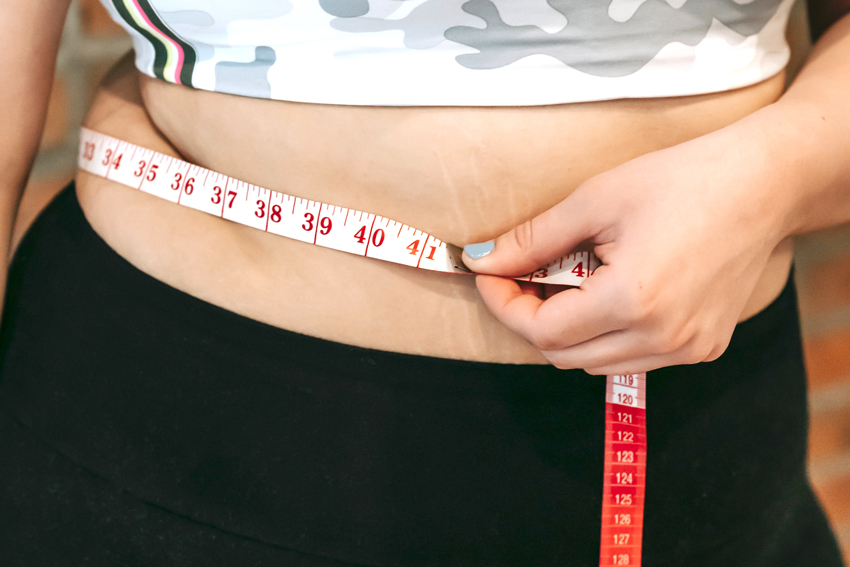
Many people with a high BMI do eat a healthy diet, but sometimes in larger quantities than the recommended amounts.
In some cases, cutting your portion sizes could just be enough to kick-start your weight loss, and if you’re taking GLP-1 Receptor Agonists, you’ll often find that your appetite is reduced and that you can’t eat as much food as you normally would.
Portion control is a healthy way of looking at your diet, as it involves changing the way you look at food for life, rather than going on a fad diet or completely cutting out certain food groups.
It also means that you can still eat the foods you enjoy, but just in smaller quantities.
By not depriving yourself of anything that you enjoy, weight management is often more successful.
Portion control is about cutting down on certain foods – not cutting them out.
However, for some people that are undergoing weight management therapy, increasing your protein intake and decreasing your carbohydrate intake is sometimes recommended due to the fact that protein keeps us fuller for longer.
You should talk to your prescriber or nutritionist about what is right for you, but most people without underlying health conditions should be able to stick to the Eatwell Guide by controlling portion sizes.
Portion control plate
If you still struggle with your portions and tend to eat more than what is recommended for you, you might benefit from using a portion control plate.
These special plates come in a variety of designs and are usually based on the Eatwell Guide that we’re all used to seeing (where a plate is divided into certain portions of different food groups).
The aim of portion control plates is to encourage you to keep certain foods within the portion guides on the plate.
For example, if your carbohydrates won’t fit into the carbohydrate section on the plate, it may be an indication that your portion size is too big.
Alternatively, if your fruits/vegetables don’t cover their respective section, it indicates that you should be increasing the amount of fruit and veg that you eat – perhaps replacing some starchy carbohydrates with another portion of leafy greens.
Portion control plates are sometimes called healthy portion plates, and they can be found fairly easily and cheaply online.
There are many different styles of portion control plates, so if you think that this is something that could help you, it might be a good idea to start looking at which type would best suit you, as some just have a design printed onto the bottom, whilst others physically divide each food group.



